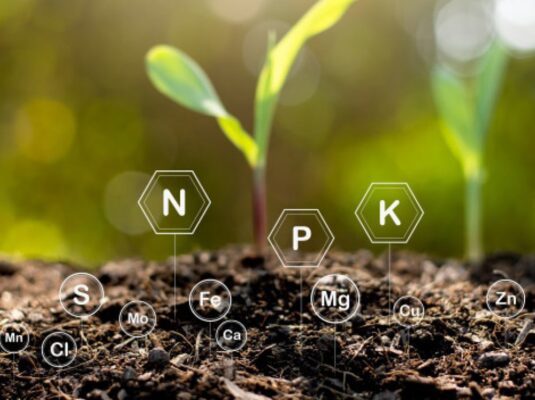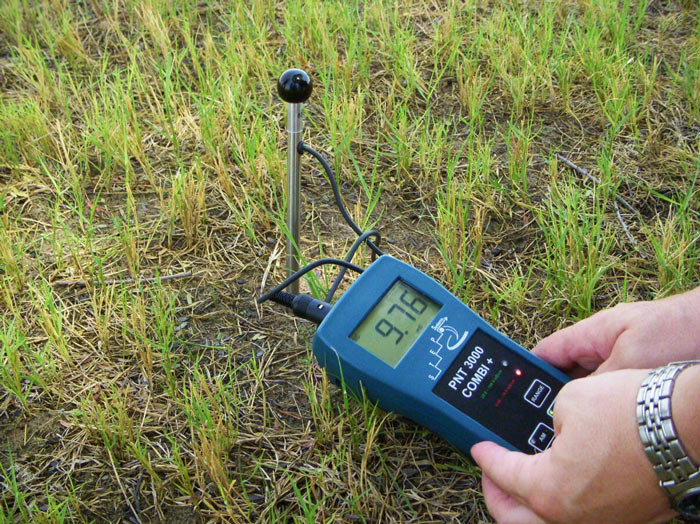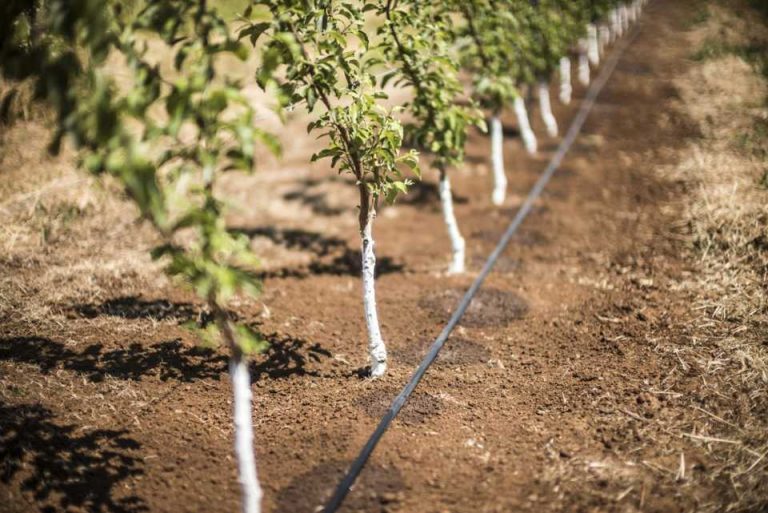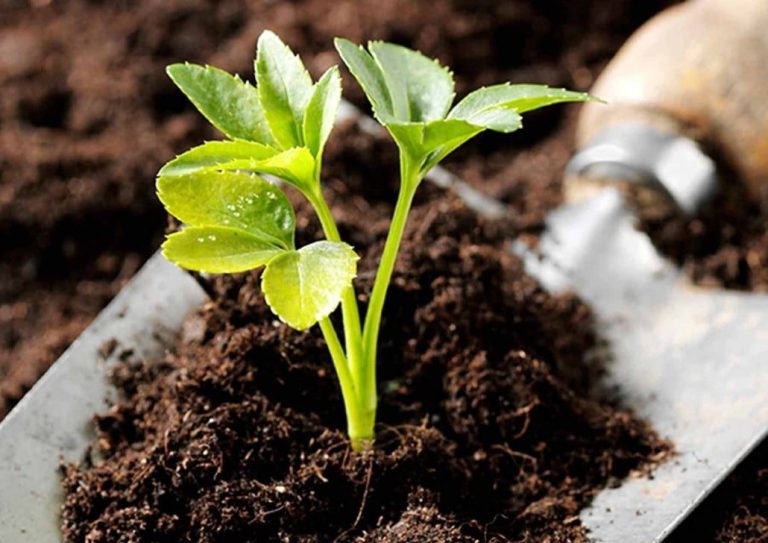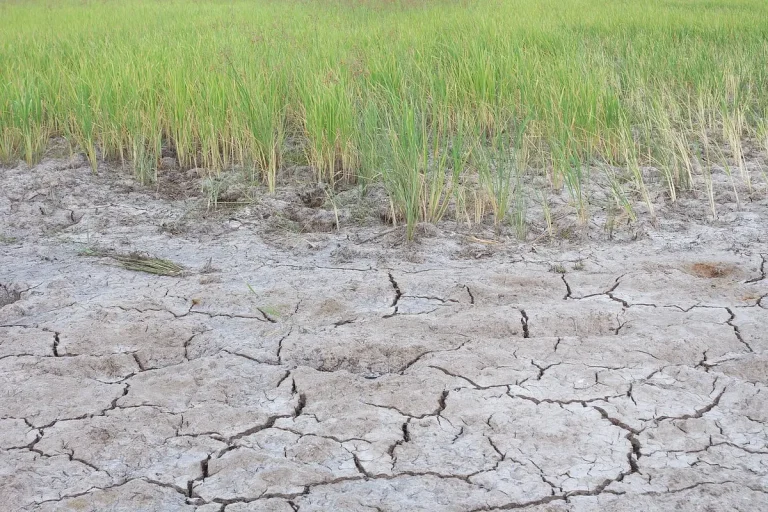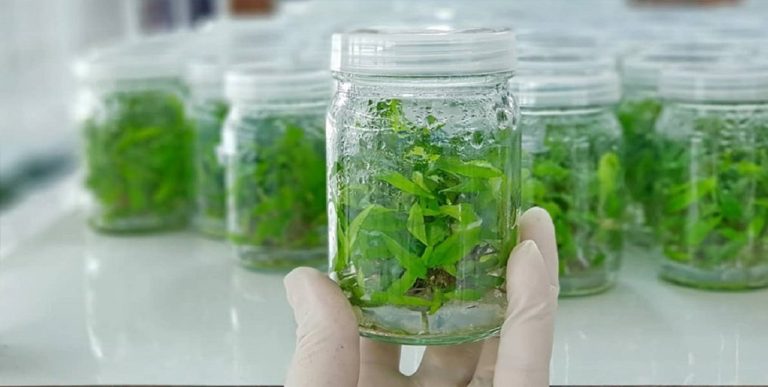Pruning and Proper Plant Management to Reduce Stress

Proper plant management, including pruning, shaping, and controlling branch growth, is a key factor in reducing plant stress and increasing resilience to environmental factors. Proper pruning helps ensure that light, air, and nutrients reach all parts of the plant, promoting…


